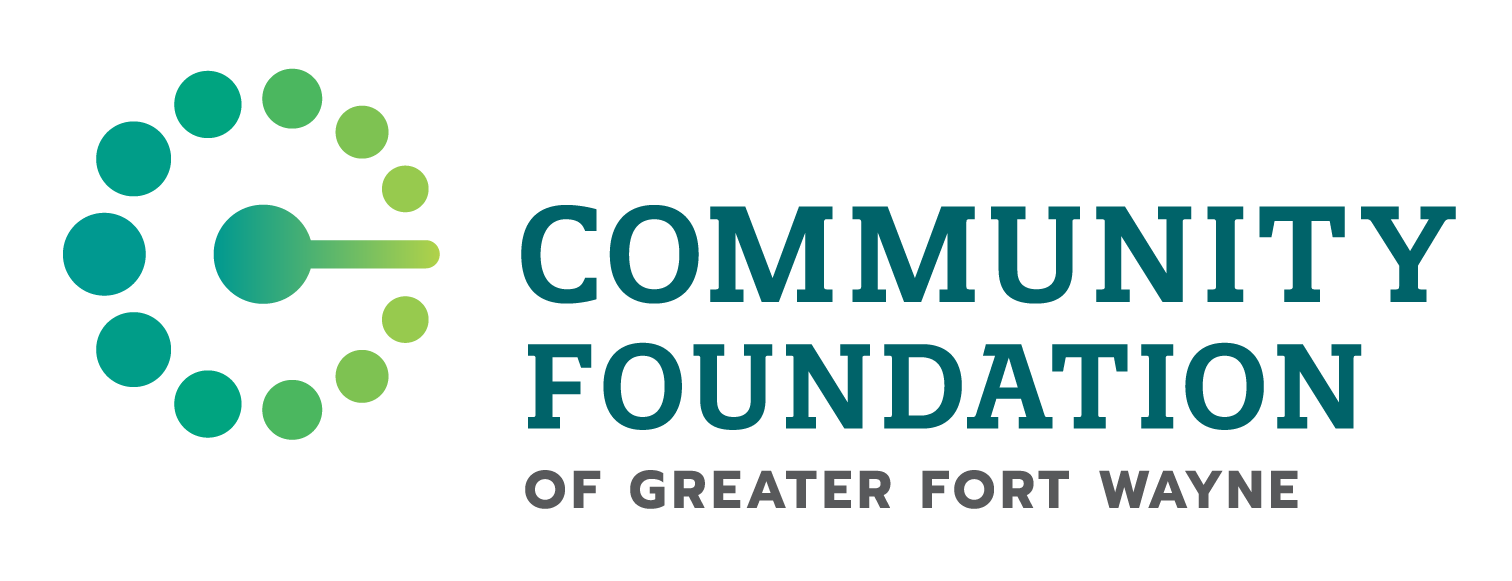Proposed legislation known as the Charitable Act appears to be gaining momentum. The bill calls for making available a “below the line” deduction to taxpayers who do not itemize on their tax return. This proposed deduction is slated to reach up to one-third of the standard deduction (around $4,500 for an individual filer and around $9,000 for married joint filers). In addition to providing an overall boost to charitable giving, the intent is that enabling all taxpayers to benefit from the charitable deduction might help reverse the decline in recent years in the number of households giving to charity each year.
Qualified Charitable Distributions (QCDs) are having a moment, thanks to new laws passed late last year that expand this unique charitable giving opportunity for those who are 70 ½ or older. Watch out, though, for potential pitfalls. As a recent legal analysis points out, the devil is in the details, especially with regard to the new “Legacy IRA” provisions allowing eligible taxpayers to make a one-time QCD to a charitable remainder trust or charitable gift annuity.
A recent private letter ruling reinforced once again that the IRS takes the concept of “private inurement” very seriously for nonprofits. As in, if you do it, you’re out. Most nonprofits are well aware that they will be putting their 501(c)(3) exemption status at risk if they play fast and loose with the rules for preventing undue benefit to a private person. After all, charities are established for the public good, and public good and private profit do not mix. Take note of this if you are an advisor who counsels nonprofit organizations.


